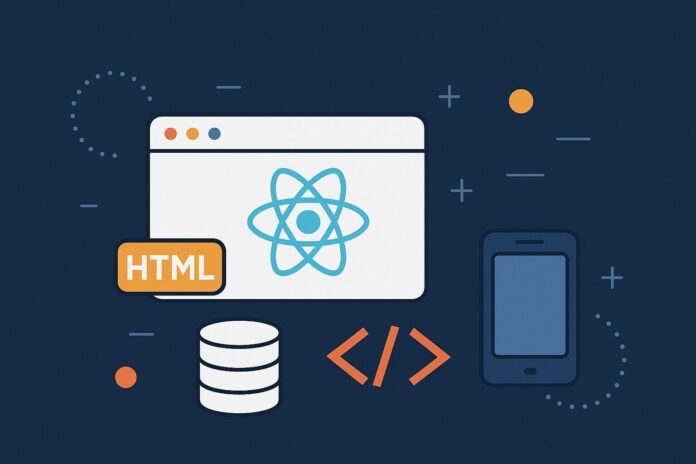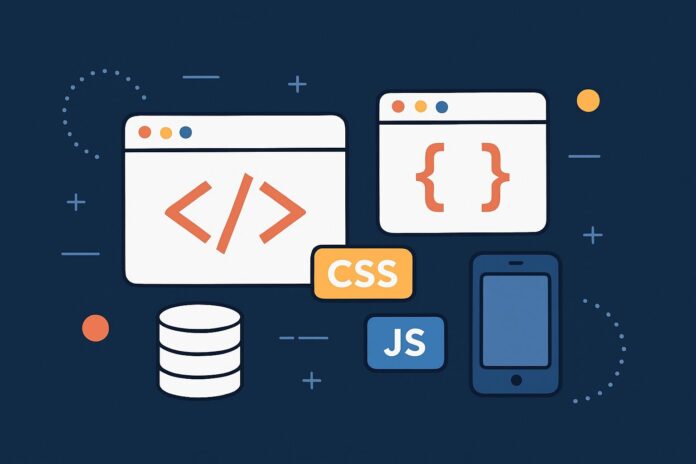React is one of the most popular JavaScript libraries in the world. Developed and maintained by Meta (formerly Facebook), it has revolutionized how developers build user interfaces for web and mobile applications. But what exactly is React, why was it created, and where is it headed?
Let’s unpack React from its core philosophy to its future roadmap.
What is React?
React is an open-source JavaScript library used for building component-based user interfaces (UIs), especially for single-page applications (SPAs). It allows developers to create reusable UI components that can efficiently update and render as your data changes.
React’s core idea: Build encapsulated components that manage their own state, then compose them to make complex UIs.
Why Was React Created?
Before React, developers mostly relied on templating engines like jQuery, Mustache, and Handlebars. These tools manipulated the DOM (Document Object Model) directly, which became slow and buggy as apps grew in complexity.
React introduced:
- A Virtual DOM that improves performance by only updating what’s necessary
- A declarative approach that makes code predictable and easier to debug
- Component-based architecture to help split UI into manageable parts
A Brief History of React
- 2011: React was developed internally at Facebook to power features like the Facebook news feed.
- 2013: React was open-sourced at JSConf US.
- 2015: React Native was introduced for mobile development.
- 2017: Introduction of React Fiber, a complete rewrite of React’s core.
- 2019+: The introduction of Hooks (
useState,useEffect) revolutionized how we write components. - 2022+: React Server Components and concurrent rendering are shaping the future of performance-driven apps.
What Can You Build with React?
React is not just for websites. With React and its ecosystem, you can build:
- Single Page Applications (SPAs)
- Progressive Web Apps (PWAs)
- Cross-platform mobile apps with React Native
- Desktop applications using Electron
- Full-stack apps using frameworks like Next.js
Core React Concepts (Covered in This Course)
This course will take you from zero to hero by covering:
- JSX and component fundamentals
- State and lifecycle management
- Hooks (
useState,useEffect,useContext, etc.) - Routing and navigation
- Form handling and APIs
- Performance optimization
- Real-world app architecture
- Fullstack integration with Next.js
A Simple Example
Here’s a simple “Hello World” React component:
function HelloWorld() {
return <h1>Hello, React!</h1>;
}
And rendering it in your app:
import React from 'react';
import ReactDOM from 'react-dom/client';
import HelloWorld from './HelloWorld';
const root = ReactDOM.createRoot(document.getElementById('root'));
root.render(<HelloWorld />);
This is the foundation—soon you’ll be building full-fledged apps!
The Future of React
React’s roadmap focuses on:
- React Server Components for better performance
- Concurrent rendering for responsive UIs
- Integration with meta-frameworks like Next.js
- Improved developer tooling (e.g., React DevTools, new compiler with Turbopack)
React is here to stay—and now is the best time to learn it.
Summary
React is a modern, flexible, and high-performance library that has reshaped front-end development. Whether you’re building a basic site or a production-grade application, React gives you the tools to succeed.
In the next module, we’ll compare React with Angular, Vue, and Svelte to understand when and why to use React in modern web projects.




